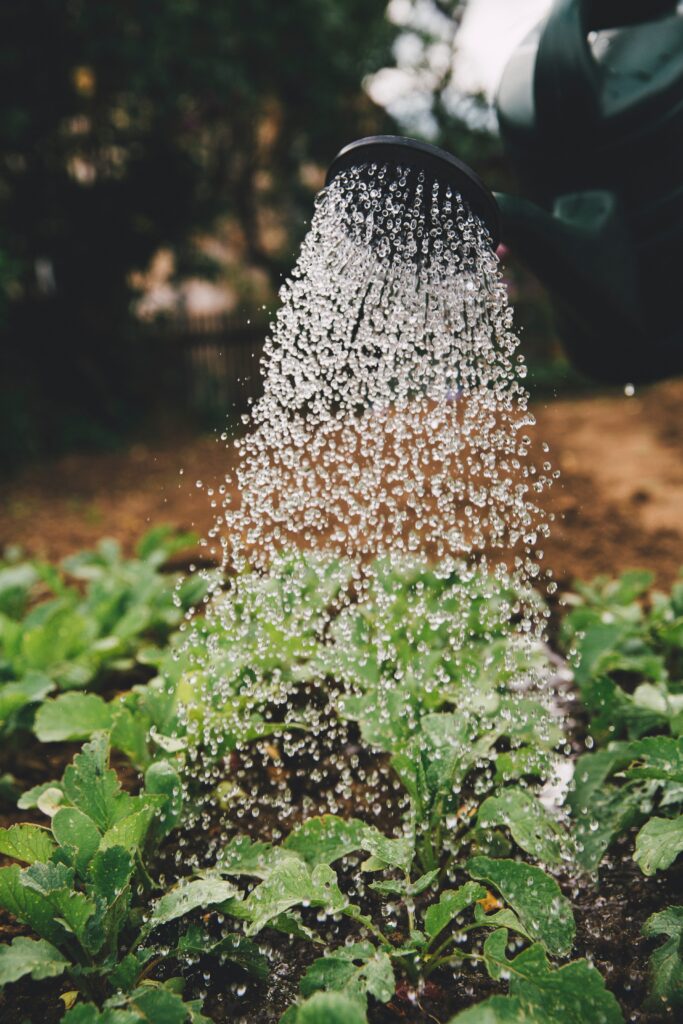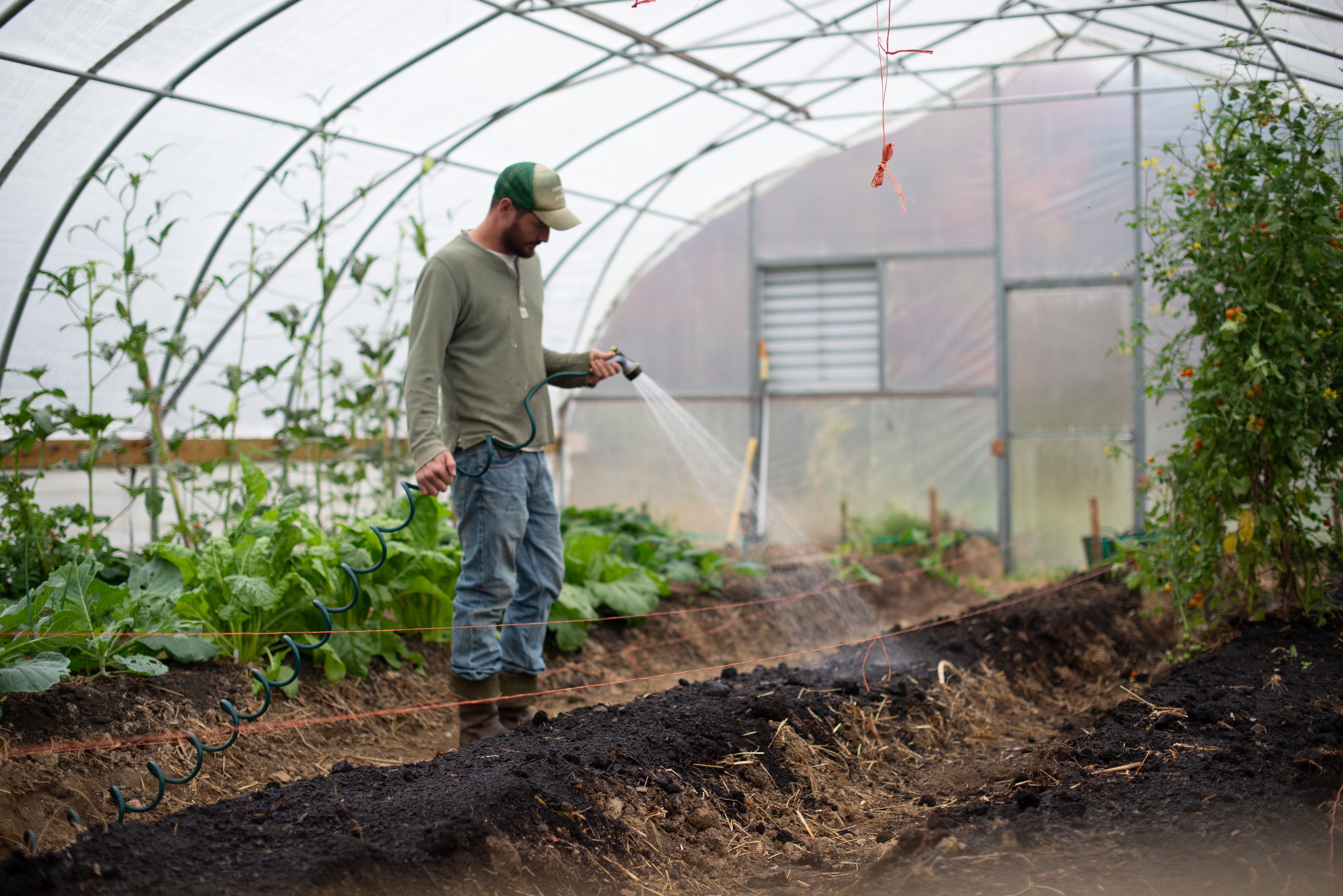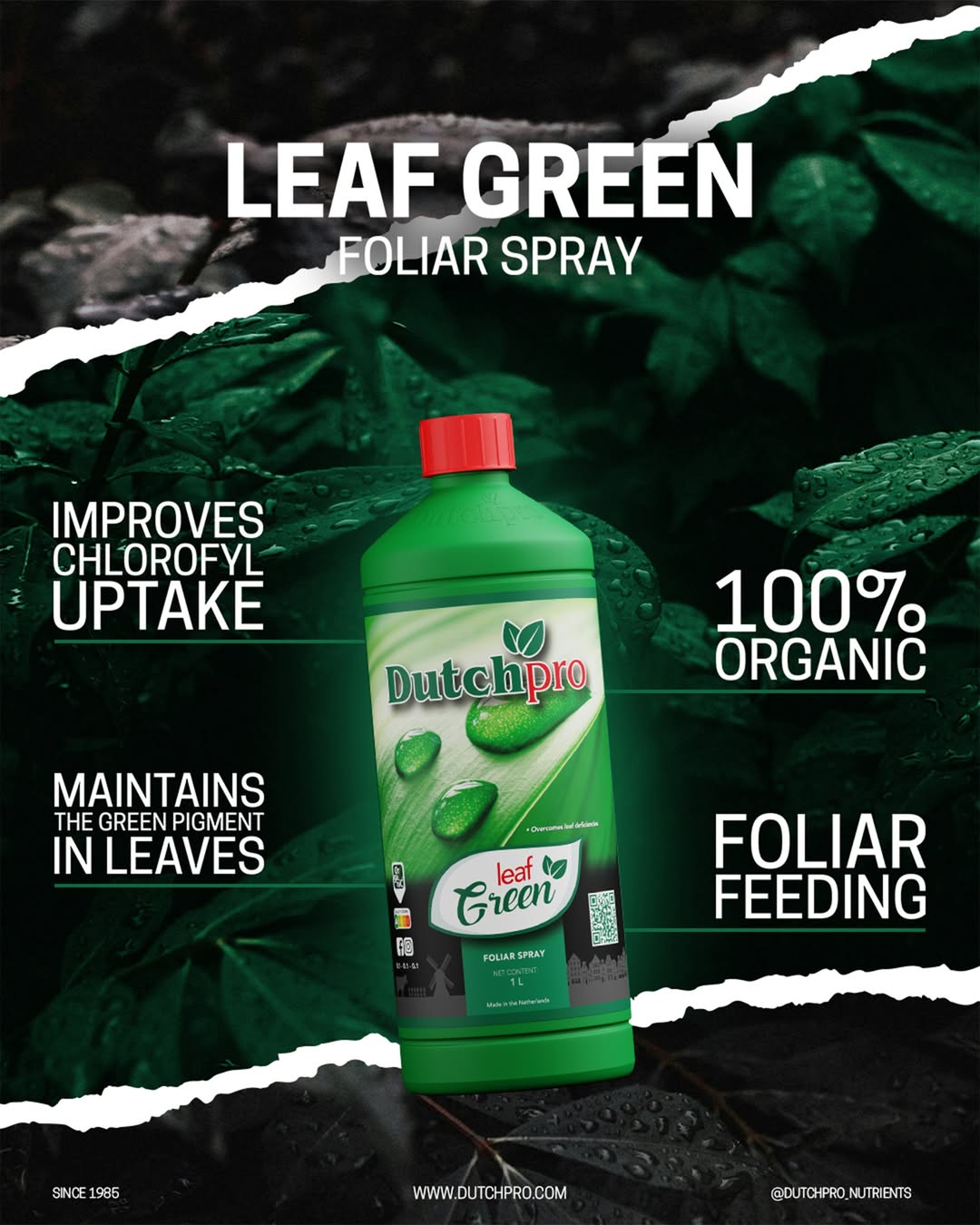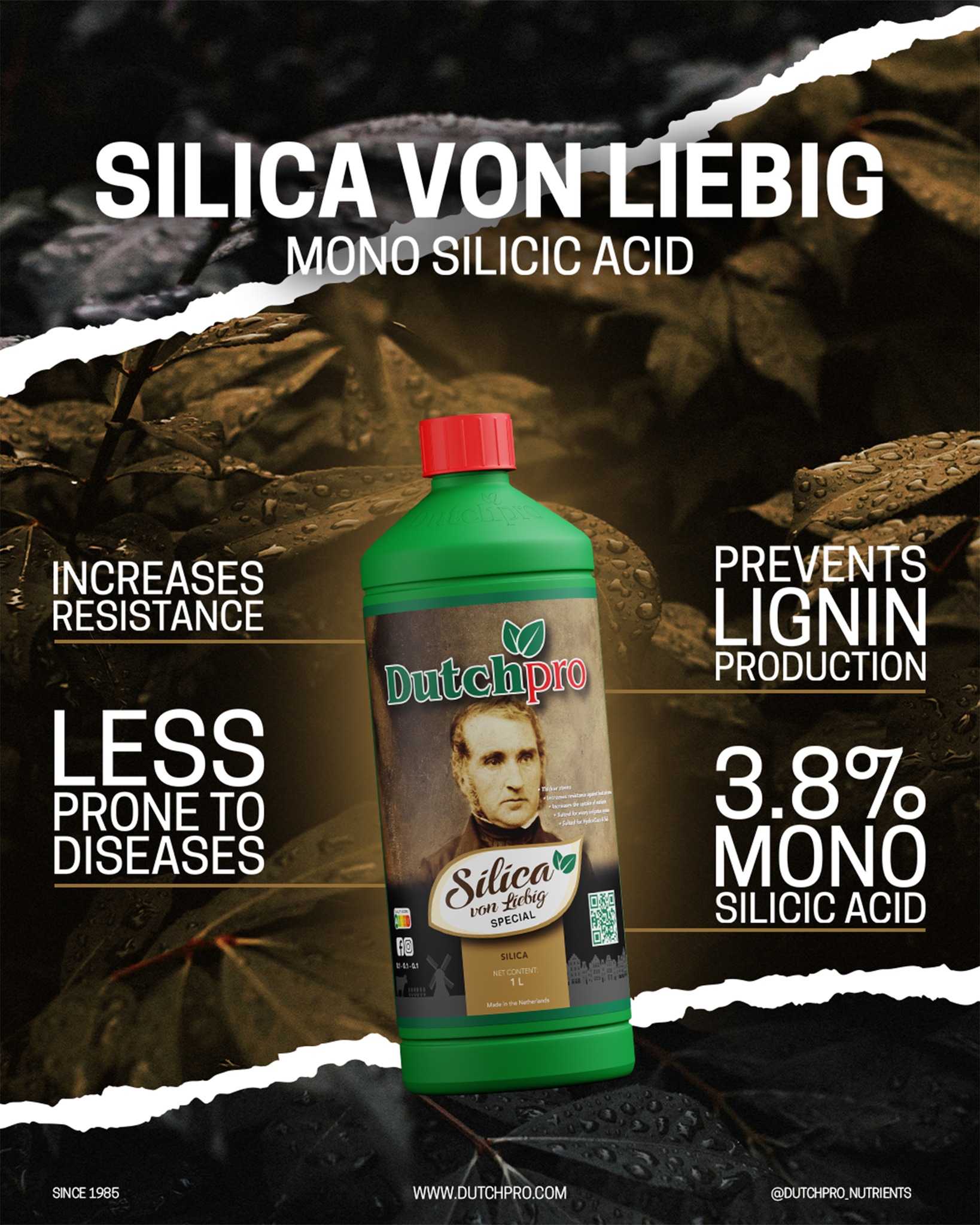Watering is considered as the biggest reasons people fail to take care of a plant. That’s because you can underwater your plant, overwater your plant, give water that does not provide all that the plant needs or provides to much of what a plant needs. Does that mean you should just leave it up to faith? NO! There are growers that understand the way watering works for a plant, that means you can too!
In this article we explain to you everything you need to know about watering. This is, the Ultimate guide about watering.
1 General information
2. Watering a plant
3. Why it goes wrong
4. Overwatering and underwatering
5. Nutrients
6. Hard water & Soft water
7. Drying out
8. How to improve
2. Watering a plant
First and foremost, water is necessary for the plant’s photosynthesis process. Photosynthesis is the process by which plants convert sunlight, water, and carbon dioxide into energy in the form of glucose. This energy is used by the plant for growth and development. Water is a key component of this process, as it provides the hydrogen needed for the production of glucose.
In addition to its role in photosynthesis, water is also necessary for the plant’s transportation system. Water is absorbed by the plant’s roots and transported upward through the stem and into the leaves. This process, called transpiration, helps to cool the plant and prevent overheating. Water is also used to transport nutrients from the soil to the plant’s cells, where they are used for growth and development.
3. Why it goes wrong
There are a number of reasons why people may have trouble with watering their plants. Some common challenges include:
Not knowing how much water the plant needs: Different plants have different watering requirements, and it can be difficult to know how much water a particular plant needs. Overwatering can lead to root rot and other problems, while under watering can cause the plant to wilt and become stressed.
Not knowing how often to water: In addition to the amount of water a plant needs, it is also important to consider the frequency of watering. Overwatering can lead to root rot and other problems, while under watering can cause the plant to wilt and become stressed.
Forgetting to water: It is easy to get busy and forget to water your plants, especially if you have a lot of them or if they are not in a highly visible location.
Not having the right tools: Watering plants can be challenging if you don’t have the right tools. For example, it can be difficult to water plants with a small watering can, or to reach plants that are in hard-to-access areas.
Not being able to water plants when away: If you go on vacation or are otherwise unable to water your plants for an extended period of time, they may suffer from lack of moisture.
4. Overwatering and Underwatering
Overwatering and underwatering are common problems that can occur when caring for plants. Both can lead to stress and reduced plant health, and can even result in plant death if not addressed.
Overwatering occurs when a plant is given too much water. This can lead to a range of problems, including root rot, which is caused by the breakdown of the plant’s root tissue due to prolonged exposure to moist conditions. Overwatered plants may also have yellowing leaves, wilting, and stunted growth. In severe cases, the plant may die.
On the other hand, underwatering occurs when a plant is not given enough water. This can cause the plant to wilt and become stressed, and can lead to yellowing leaves and stunted growth. If a plant is severely underwatered, it may become dormant or die.
To avoid these problems, it is important to pay attention to your plant’s watering needs and to provide the right amount of water at the right frequency. Different plants have different watering requirements, so it is important to research the specific needs of your plant and to adjust your watering habits accordingly. By providing the right amount of water, you can help your plant to thrive.
5 Nutrients
Water is not just a source of hydration for plants, it can also provide a range of essential nutrients. These nutrients can come from a variety of sources, including the soil, fertilizers, and other amendments.
One important nutrient found in water is nitrogen, which is an essential element for plant growth and development. Nitrogen is used by plants to produce proteins, enzymes, and other important biomolecules. It is also a key component of chlorophyll, which is the pigment that gives plants their green color and is used in photosynthesis.
Phosphorus is another important nutrient found in water. It is used by plants for energy metabolism, the synthesis of nucleic acids, and the development of strong roots. Phosphorus is also important for the production of flowers and fruits.
Other important nutrients found in water include potassium, calcium, and magnesium. These nutrients are involved in a range of plant processes, including photosynthesis, enzyme activation, and the synthesis of hormones.
The presence of these nutrients in water is important for the overall health and growth of plants. By providing water that is rich in nutrients, you can help your plants to thrive and reach their full potential.

6. Hard water & Soft water
The mineral content of water can have an impact on the health and growth of plants. Hard water, which contains high levels of minerals such as calcium and magnesium, can be beneficial for some plants, as these minerals are essential for plant growth. However, hard water can also pose challenges for some plants, as the high mineral content can make it more difficult for the plant to absorb water and nutrients.
Soft water, on the other hand, contains low levels of minerals and can be more easily absorbed by plants. This can be beneficial for plants that are sensitive to high levels of minerals, or for plants that are grown in soil with a high mineral content.
Check with your local water utility or municipality. Many water utilities provide information about the mineral content of their water, including the level of hardness.
Have your water tested. There are companies that offer water testing services, which can provide detailed information about the mineral content of your water.
Use a water test kit. There are test kits available that allow you to test the hardness of your water at home. These kits typically use a chemical process to measure the levels of minerals in the water.
Look for signs of hard water. Hard water can leave a film or scale on fixtures and appliances, and can make it difficult to produce a lather when using soap. If you notice these signs, it is likely that you have hard water.
By using one of these methods, you can determine the hardness of your water and take appropriate steps to address any issues that may arise.
7. Drying out
Allowing soil to dry out completely can be detrimental to the health of your plants. When soil is dry, it becomes hard and compact, making it difficult for roots to penetrate and access moisture. This can lead to stress and reduced plant growth, and may even result in plant death if the soil remains dry for an extended period of time.
It is important to water plants consistently in order to prevent the soil from drying out completely. This means providing the plant with the appropriate amount of water at regular intervals, depending on the specific watering needs of the plant.
There are a few tips you can follow to ensure that you are watering your plants correctly:
Know your plant’s watering needs:
Different plants have different watering requirements, so it is important to research the specific needs of your plant and to adjust your watering habits accordingly.
Check the soil moisture level:
Before watering your plants, check the moisture level of the soil by inserting your finger into the soil. If the soil is dry several inches below the surface, it is time to water.
Water deeply:
When watering your plants, it is important to water deeply and thoroughly, rather than watering a little bit every day. This helps to encourage deep root growth and promotes plant health.
8. How to improve
1 Know the watering needs of your specific plants. Different plants have different watering requirements, so it is important to research the specific needs of your plants and to adjust your watering habits accordingly.
2 Check the soil moisture level before watering. Insert your finger into the soil to determine if the soil is dry several inches below the surface. If it is, it is time to water.
3 Water deeply and thoroughly. Rather than watering a little bit every day, it is important to water deeply and thoroughly to encourage deep root growth and promote plant health.
4 Use a watering can or hose with a fine nozzle to water plants. This helps to avoid oversaturating the soil and reduces the risk of erosion.
5 Water in the morning or evening. Watering plants in the heat of the day can lead to evaporation and may not provide sufficient moisture for the plant. Watering in the morning or evening can help to reduce evaporation and ensure that the water reaches the root system.
6 Avoid getting water on the foliage of the plant. Watering the foliage of a plant can lead to fungal growth and other problems. It is better to water the soil directly.
7 Use mulch around plants to help retain moisture. Mulch helps to insulate the soil and reduce evaporation, which can help to keep the soil moist for longer.
8 Water plants at the base of the plant rather than from above. This helps to avoid getting water on the foliage and reduces the risk of fungal growth.
9 Use a watering wand or watering spike to water plants that are difficult to reach. These tools allow you to water plants at the base without having to bend over or get too close to the plant.
10 Avoid overwatering or underwatering plants. Both can lead to stress and reduced plant health.
11 Writing down the watering requirements for your plants is an important step in ensuring that they receive the proper amount of water. By keeping a record of the watering needs of each plant, you can prevent accidents such as forgetting to water or applying the wrong amount of water to a plant.






